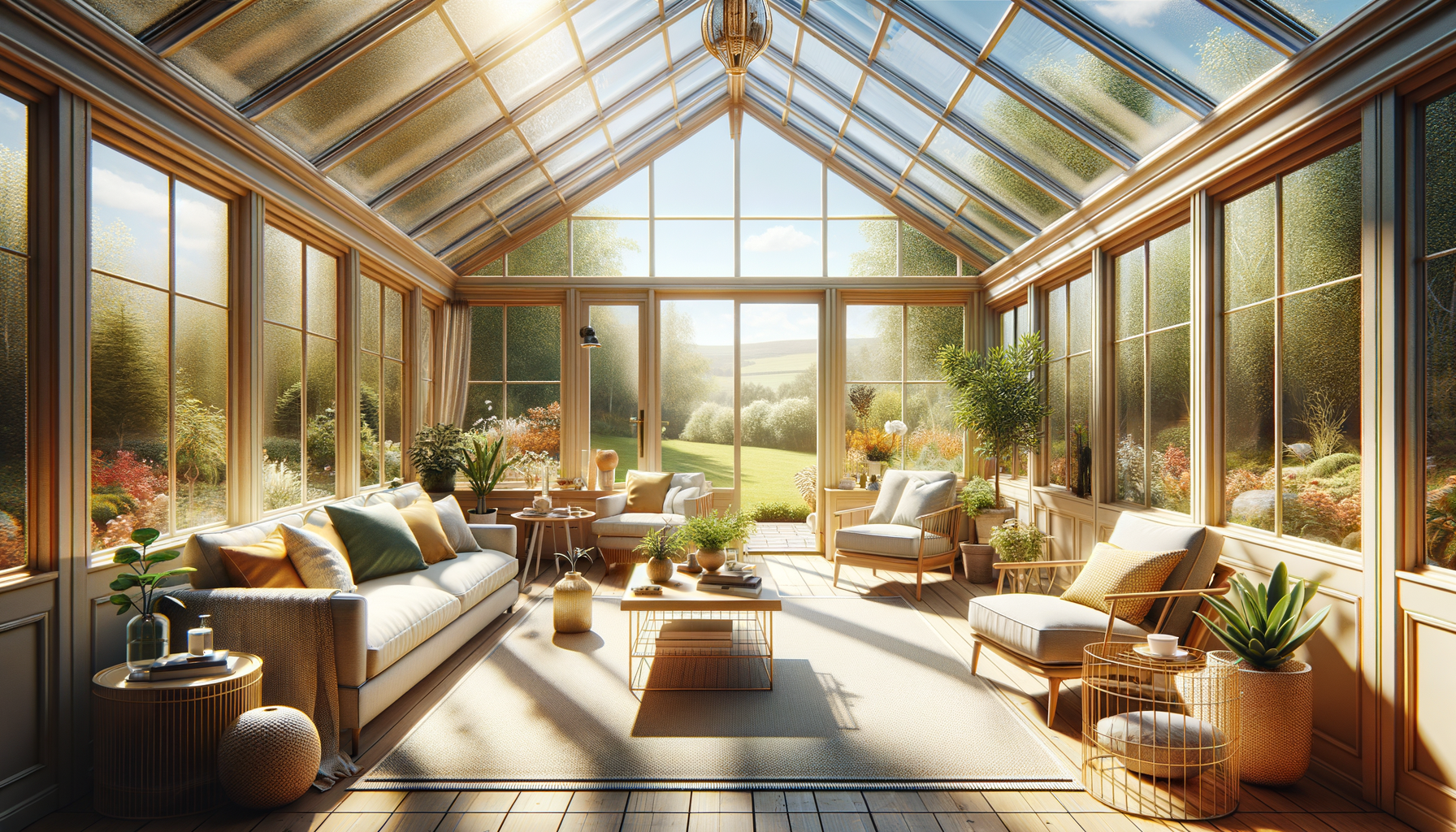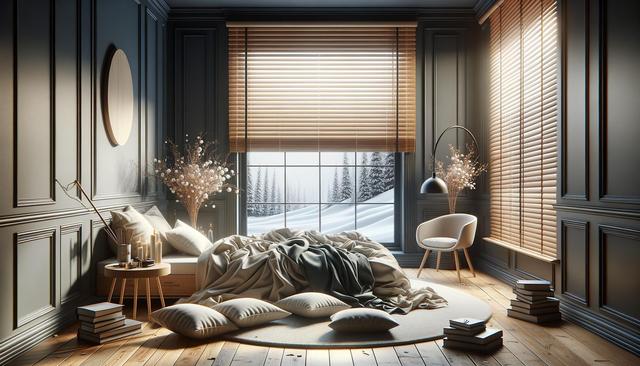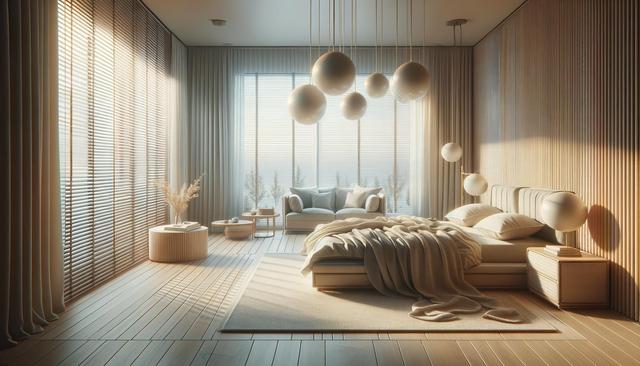Introduction to Sunroom Installation
Sunrooms offer a delightful way to enjoy the outdoors while remaining comfortably indoors. These versatile spaces can serve as a serene retreat, a lively entertaining area, or a cozy reading nook. Sunroom installation, however, requires thoughtful planning and execution. Understanding the process can help ensure a successful addition to your home.
Installing a sunroom involves several key steps. First, you must decide on the type of sunroom. Options vary from three-season to four-season sunrooms, each offering different levels of insulation and comfort. Next, consider the location within your home. Ideally, it should capture the most sunlight throughout the day, enhancing its utility and enjoyment.
The installation process can be complex, often requiring professional assistance. It includes laying a foundation, framing, glazing, and finishing. Each step demands precision and expertise to ensure durability and aesthetic appeal. While professional installation can be more costly, it often results in a more reliable and longer-lasting structure.
In summary, sunroom installation is a rewarding project that enhances your home’s value and livability. With careful planning and professional guidance, you can create a beautiful space that brings the outdoors inside.
Creating an Affordable Sunroom
Building a sunroom doesn’t have to break the bank. With strategic choices and careful budgeting, you can enjoy the benefits of a sunroom without excessive costs. Here’s how to approach creating an affordable sunroom.
Start by selecting cost-effective materials. Vinyl and aluminum are popular choices due to their affordability and durability. Additionally, consider using recycled or reclaimed materials, which can significantly reduce expenses while adding unique character to your sunroom.
DIY enthusiasts may opt to handle parts of the installation themselves. While professional help is recommended for structural components, tasks like painting or decorating can be done independently to save on labor costs. However, ensure you have the necessary skills to avoid costly mistakes.
Another cost-saving strategy is to opt for a three-season sunroom instead of a four-season one. These are generally less expensive as they require less insulation and heating. While they may not be usable year-round, they still provide a wonderful space for much of the year.
In conclusion, with careful planning and smart choices, creating an affordable sunroom is within reach. By focusing on cost-effective materials and considering some DIY work, you can enjoy a new sunroom that fits your budget.
Innovative Sunroom Design Ideas
Designing a sunroom is an exciting opportunity to express creativity and style. Whether you prefer a modern, minimalist look or a cozy, rustic vibe, there are countless ways to design your sunroom to suit your taste and needs.
Consider incorporating natural elements to enhance the connection with the outdoors. Use materials like wood and stone, and include plenty of greenery with potted plants or a vertical garden. These elements not only beautify the space but also create a calming atmosphere.
Maximize natural light by choosing large windows or glass walls. This not only brightens the space but also provides unobstructed views of your garden or landscape. For privacy, consider installing sheer curtains or blinds that can be adjusted as needed.
Furnish your sunroom with versatile pieces. Lightweight, movable furniture allows you to easily reconfigure the space for different occasions. Consider multifunctional furniture, such as a daybed that can serve as both a seating area and a guest bed.
Incorporating technology can also enhance your sunroom’s functionality. Think about installing smart lighting or climate control systems to adjust the ambiance and comfort levels effortlessly.
Ultimately, the design of your sunroom should reflect your personal style while providing a comfortable and inviting space to enjoy. With thoughtful design choices, your sunroom can become a cherished part of your home.
Benefits of Adding a Sunroom to Your Home
Adding a sunroom to your home offers numerous benefits that extend beyond aesthetic appeal. This versatile space can enhance your lifestyle and increase your property’s value.
One of the primary benefits is the increased living space. A sunroom provides an additional area for relaxation, entertainment, or hobbies. Its versatility makes it suitable for various purposes, from a home office to a playroom for children.
Sunrooms also offer an excellent way to enjoy natural light and the outdoors without exposure to the elements. This can improve mood and well-being, as natural light is known to have positive effects on mental health.
From a financial perspective, a well-designed sunroom can increase your home’s market value. Buyers often appreciate the additional space and the unique charm a sunroom provides, making it a worthwhile investment.
Environmentally conscious homeowners might also appreciate the energy benefits. Sunrooms can help regulate your home’s temperature, reducing the need for artificial lighting and heating. With proper insulation and design, a sunroom can be an energy-efficient addition.
In essence, a sunroom is more than just an extension of your home; it’s an enhancement of your living experience. Its benefits, from increased space to improved well-being, make it a valuable addition to any home.
Considerations Before Building a Sunroom
Before embarking on a sunroom project, there are several important considerations to ensure a successful outcome. These factors will guide your planning and help avoid common pitfalls.
First, assess your budget. Determine how much you’re willing to spend and plan accordingly. This will influence the size, materials, and design of your sunroom. It’s also wise to set aside a contingency fund for unexpected expenses.
Next, consider the purpose of your sunroom. Will it be a seasonal retreat, a year-round living space, or something else? Your intended use will dictate the type of sunroom and the level of insulation and heating required.
It’s also important to check local building codes and regulations. Permits may be required, and there could be restrictions on the size or location of your sunroom. Consulting with a professional can help navigate these requirements.
Additionally, consider the orientation of your sunroom. South-facing sunrooms receive the most sunlight, while north-facing ones may require additional lighting. The orientation will affect how you use the space and its energy efficiency.
Finally, think about the long-term maintenance of your sunroom. Choose materials and designs that are durable and easy to maintain to ensure your sunroom remains a pleasant space for years to come.
By considering these factors, you can plan a sunroom that meets your needs and enhances your home.



Leave a Reply